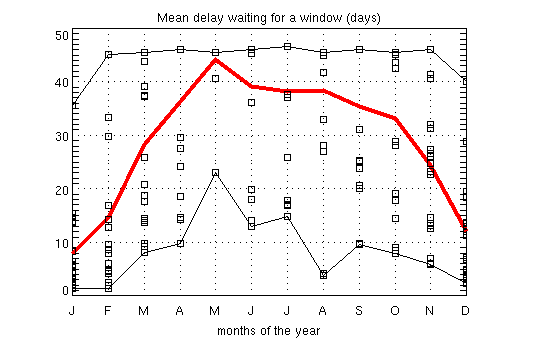

No zoom, no scroll, no toggline log-scale, no anything that requires recalculating and redrawing the plot.

In other words, the behaviour you describe is exactly what you should expect from "persist". The plot are generally not possible because the main program has already exited. However operations like zoom/unzoom that require redrawing The terminal type, some mousing operations may still be possible in the
#Gnuplot persist windows
If you want to close the windows without closing the Gnuplot processes (I think thats useless here because closing the windows causes the Gnuplot processes to exit), you can use wmctrl: wmctrl -c gnuplot closes.

Leaving the display window containing the plot on the screen. If you want to kill just the Gnuplot processes that were invoked with the -persist option: pkill -fx gnuplot -persist. How do I wait until the plot window closes Alternatively, how do I just pause forever so that the. Gnuplot will open a display window, draw the plot into it, and then exit, gnuplot -persist zooming with the mouse doesnt work. It has no effect on non-interactive terminal output. Tells gnuplot to leave these windows open when the main program exits. ) open separateĭisplay windows on the screen into which plots are drawn. Redrawing the plot are not possible because the main program has exited.Many gnuplot terminals (aqua, pm, qt, x11, windows, wxt. However operations like zoom/unzoom that require From the documentation: Depending on the terminal type, some mousing operations may still be possible gnuplot -persist -e plot sinh(x) gnuplot will open a display window, draw the plot into it, and then exit, You can also specify persistor nopersistwhen you set a new terminal. Note that different terminals implement the persist mode differently. In an interactive session the program prompts you to do so.Īs to why you and someone else see different behavior for the -persist mode, I'd have to know a lot more about what you both tried. Subsections Graph-menu Printing Text-menu Wgnuplot.ini Windows3. Contrary to gnuplot on other operating systems, gnuplot's interactive command line is accessible after the -persist option. That would work only if you fed the in the same data a second time. former Windows-only options /noendor -noendare still accepted as well), will not close gnuplot. '/dev/stdin' on the other hand just looks like a normal filename to gnuplot, so a "replot" command tries to read from it again. The keyword ' ctrl ' allows you to replace those bindings by 55ctrl66+55space66 and 55ctrl66+'q', respectively. Finally, by default the key 55space66 raises the gnuplot console window, and 'q' closes the plot window. Also note that '-' means "the current input stream", which is not necessarily stdin. The keyword ' persist ' will prevent gnuplot from exiting before you explicitely close all the plot windows. To give gnuplot commands directly in the command line, using the -persist option so that the plot remains on the screen afterwards: gnuplot -persist -e. e 'command list' executes the requested commands before loading the next input file. This means that the program reuses data previously read rather than trying to reread data from the previous source. From man gnuplot or its online manpage: -p, -persist lets plot windows survive after main gnuplot program exits. '-' is recognized as a special case, as part of which the refresh command is substituted for replot wherever possible. The name of the executable can be specified using the RBGNUPLOT environment.


 0 kommentar(er)
0 kommentar(er)
